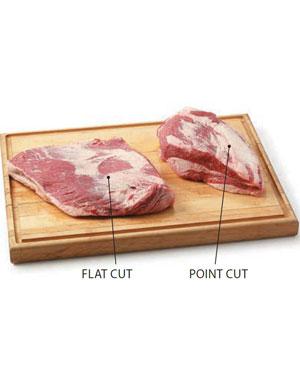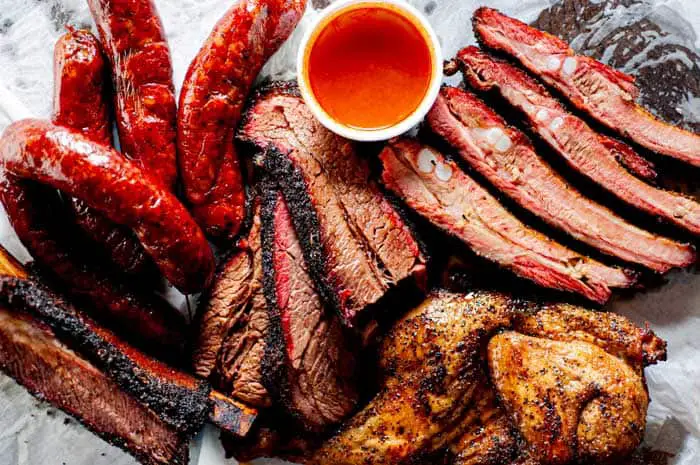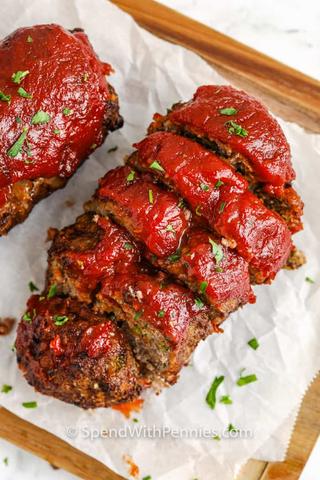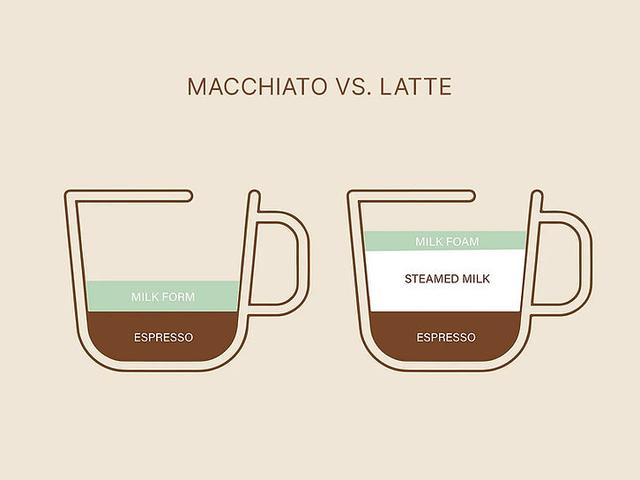
“Brisket Flat vs Whole: Unveiling the Best Cut for Mouthwatering Delights. Discover the key differences and advantages between brisket flat and whole, ensuring your next barbecue or smoke session delivers tantalizingly tender and flavorful results. Stay tuned for expert insights and cooking tips to elevate your culinary skills!”
Whole Brisket vs Flat: Is there a Difference?

A whole brisket is the entire brisket muscle, including both the point and the flat. The flat brisket, on the other hand, only includes the pectoralis profundi muscle, with the pectoralis superficialis muscle trimmed or removed. When these muscles are separated, they are called “sub-primals.” The flat muscle is situated above a large seam of fat, while the point muscle is below it.
The term “packer’s brisket” or “full packer” is commonly used to refer to a whole brisket. It is typically sold boneless and untrimmed in meat processing plants. Brisket flats, which are just the pectoralis profundi muscle, can often be found separated from the point in grocery stores. The flat makes up most of the beef brisket and is rectangular in shape.
What is a Whole Brisket?
A whole brisket refers to the entire brisket primal, which includes both the flat and the point muscles. The brisket primal is made up of two muscles – the pectoralis profundi and the pectoralis superficialis. These muscles are separated by a large seam of fat, with the flat muscle located above the fat seam and the point muscle located below it. Cutting along this fat seam completely separates the two muscles.
A whole brisket is also known as a “packer’s brisket” or a “full packer.” It is typically sold boneless and untrimmed, with the deckle (hard fat and intercostal muscles) removed at the natural seam. The inside lean surface must also be trimmed free of fat. Whole briskets are commonly used for smoking, especially if they are of Prime or Choice grade.
What is a “Packer” Brisket?
A “Packer” brisket refers to a whole brisket that is packaged and sold without any trimming or bone removal. It is called a “packer” because it is typically packaged and sold in meat processing or packing plants. This type of brisket includes both the flat and the point muscles, which are separated by a large seam of fat. The term “packer” distinguishes this type of brisket from other cuts that have been trimmed or separated into sub-primals.
The USDA Institutional Meat Purchasing Standard (IMPS) describes the packer brisket as “120 Beef Brisket, Deckle-off, Boneless.” This means that the hard fat and intercostal muscles on the inside surface of the brisket are removed, exposing the lean surface of the pectoralis profundi muscle. The sternum edge fat must also be trimmed level with the boned surface, and the inside lean surface should be practically free of fat.
What is Brisket Flat?

Brisket flat refers to the pectoralis profundi, or the deep pectoral muscle of the brisket primal. It is a rectangular and flat piece of meat that makes up the majority of the beef brisket. Typically weighing anywhere from 3 to 10 lbs, the brisket flat can be separated from the point muscle in a grocery store. It is commonly sold without the point and is quite popular, especially for dishes like corned beef that are cooked in a liquid for an extended period of time.
The brisket flat is also known as “lean” due to its lower fat content compared to the point muscle. It is often referred to as “first cut” or “cap removed,” with the cap or second cut being the point muscle. While it may not be as well-known to those unfamiliar with barbecue, it is what most people expect when they hear about beef brisket in many regions. However, for smoking purposes, a whole beef brisket including both the flat and point muscles works best, particularly if it is of Prime or Choice grade.

Is Brisket Flat Better than Whole Brisket?
When it comes to determining whether brisket flat is better than whole brisket, it ultimately depends on your personal preference and intended use. The brisket flat, which refers to the pectoralis profundi muscle, is a leaner cut with less fat compared to the point muscle. This makes it a popular choice for those who prefer a leaner and less fatty meat.
If you plan on smoking the brisket, many barbecue enthusiasts find that a whole beef brisket, which includes both the flat and point muscles, works great for smoking. The additional fat in the point muscle helps keep the meat moist during the smoking process. However, if you’re using a slow cooker or crock pot and need a smaller portion of meat, then a brisket flat without the point may be more suitable.
For those unfamiliar with barbecue, they are often more aware of the flat muscle since it is what most people expect when they hear about beef “brisket.” It’s important to note that these two muscles are also sliced in different directions. Ultimately, whether you choose brisket flat or whole brisket depends on your cooking method, desired level of fattiness, and personal taste preferences.
In conclusion, both brisket flat and whole offer distinct advantages depending on personal preferences and cooking techniques. The flat is leaner and cooks faster, making it ideal for sandwiches or when time is limited. On the other hand, the whole brisket provides a more tender and flavorful experience, perfect for slow-cooking or smoking. Ultimately, choosing between the two boils down to individual taste and desired cooking method.
Learn More About Grilling
If you want to learn more about grilling, check out these other helpful resources!











